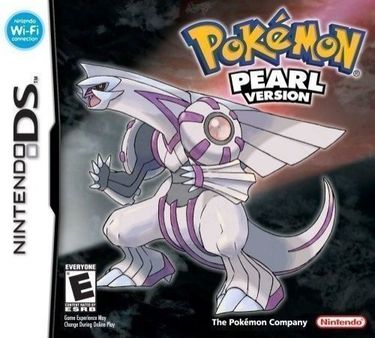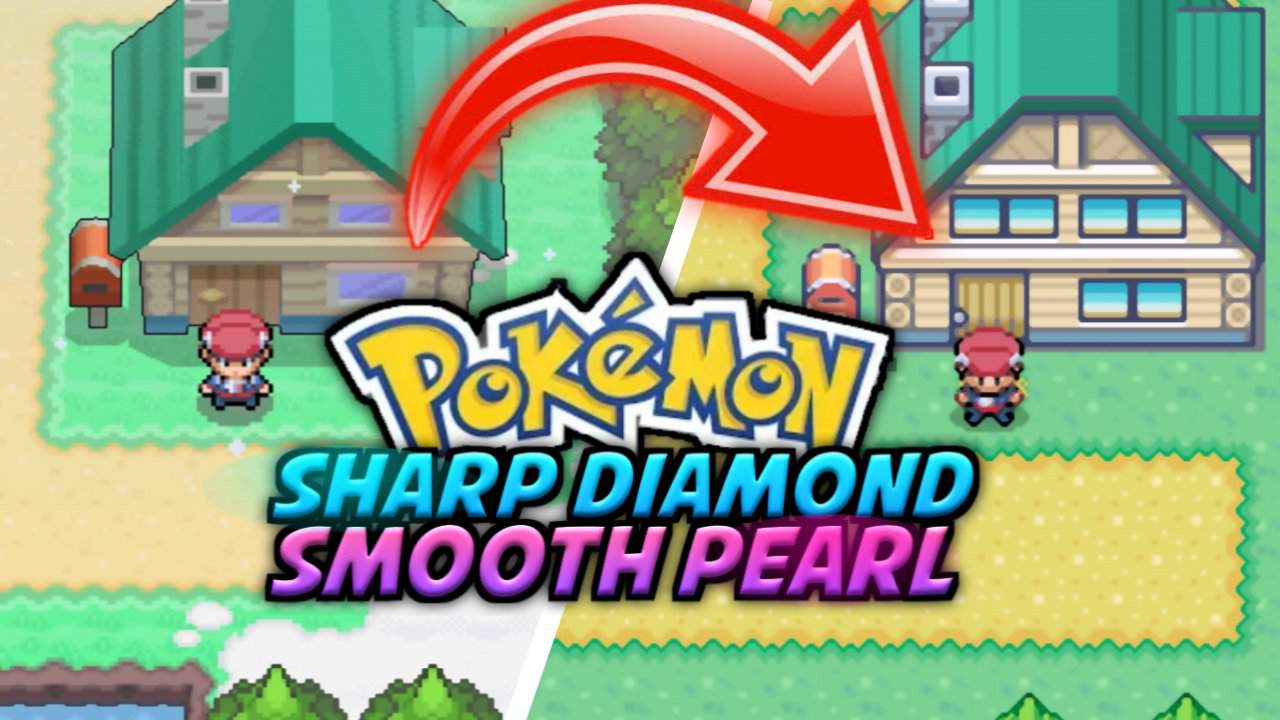
Also, inflicting certain status effects such as sleep or paralysis adds a multiplier to the capture rate, making it easier to capture wild Pokémon. Factors in the success rate of capture include the HP of the target Pokémon and the strength of the Poké Ball used the lower the target's HP and the stronger the Poké Ball, the higher the success rate of capture is.

A successful capture adds the Pokémon to the player's active party or stores it if the player already has the maximum of six Pokémon in their party. Although other trainers' Pokémon cannot be captured, the player can use different kinds of Poké Balls on a wild Pokémon during battle. If a Pokémon is prevented from evolving it will learn new moves faster.Īpart from battling, capturing Pokémon is the most important element of Pokémon gameplay.

Pokémon's stats also increase every time it levels up, and they will also learn new moves at certain levels as well. After accumulating enough experience points, it will level up most Pokémon evolve into a new species of Pokémon whenever they reach a certain level. If the player's Pokémon defeats the opposing Pokémon by causing it to faint, it receives experience points. All Pokémon have hit points (HP) whenever a Pokémon's HP is reduced to zero, it faints and cannot battle unless revived at a Pokémon Center or with an item. Fleeing is not an option during battles against trainers. During battle, the player may use a move, use an item, switch the active Pokémon, or flee. Whenever the player encounters a wild Pokémon or is challenged by a trainer to a battle, the screen switches to a turn-based battle screen where the Pokémon fight. Players can use their Pokémon to deal damage to other Pokémon in battle. Once Poké Balls are obtained, the player can capture more Pokémon. Players begin the game with no Pokémon or Poké Balls, but are given the choice of three Pokémon as a part of the story line. As with all Pokémon games for handheld consoles, gameplay is in a third-person overhead perspective, and consists of three basic screens: a field map, in which the player navigates the main character a battle screen and the menu, in which the player configures their party, items, or gameplay settings.

The basic mechanics of the games are largely the same as their predecessors. Pokémon Diamond and Pearl are role-playing video games with adventure elements. The bottom screen of the Nintendo DS displays the Pokétch, a multi-functional device with features related to time tracking and player status The games are among the most successful Pokémon games of all time. The games enjoyed more commercial success than their Game Boy Advance predecessors: with around 18 million units sold worldwide, Diamond and Pearl have sold over 2 million more units than their predecessors Pokémon Ruby and Sapphire and almost 6 million more units than Pokémon FireRed and LeafGreen, while also outselling their successors, Pokémon Black and White, by over 2 million copies. Most critics praised the addition of Wi-Fi features and graphics, and felt that the gameplay, though it had not received much updating from previous games, was still engaging. The games received generally favorable reviews. In promotion of the games, Nintendo sold a limited-edition Nintendo DS Lite in Japan, and held a release party celebrating their North American release. It was forecasted to be released in Japan in 2005, but ultimately shipped in 2006, the 10th anniversary year of the franchise. The games were designed with features of the Nintendo DS in mind.

The games are independent of each other but feature largely the same plot, and while both can be played separately, it is necessary to trade between them in order to complete the games' Pokédex.ĭevelopment of Diamond and Pearl was announced at a Nintendo press conference in the fourth calendar quarter of 2004. The games added many new features, such as Internet play over the Nintendo Wi-Fi Connection, changes to battle mechanics and Pokémon Contests, along with the addition of 107 new Pokémon. Like previous Pokémon games, Diamond and Pearl chronicle the adventures of a young Pokémon trainer as they train and battle Pokémon while also thwarting the schemes of a criminal organization called Team Galactic. A prequel, Pokémon Legends: Arceus, was released for the Switch on 28 January 2022. Remakes titled Pokémon Brilliant Diamond and Shining Pearl were released for the Nintendo Switch on 19 November 2021. Pokémon Platinum, an updated version, was released two years later in each region. They were first released in Japan on 28 September 2006, and released in North America, Australia, and Europe in 2007. They are the first installments in the fourth generation of the Pokémon video game series. Pokémon Diamond Version and Pokémon Pearl Version are 2006 role-playing video games developed by Game Freak, published by The Pokémon Company and Nintendo for the Nintendo DS.


 0 kommentar(er)
0 kommentar(er)
